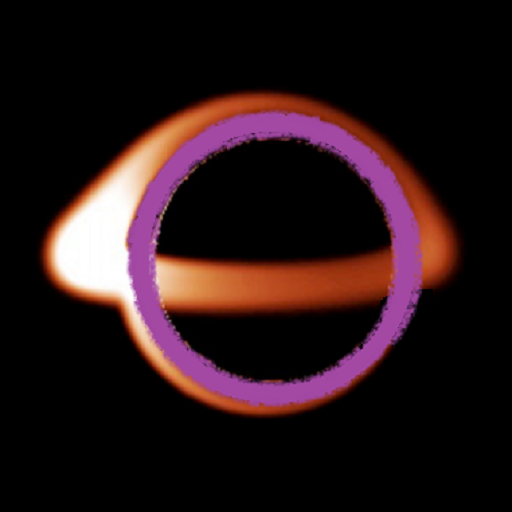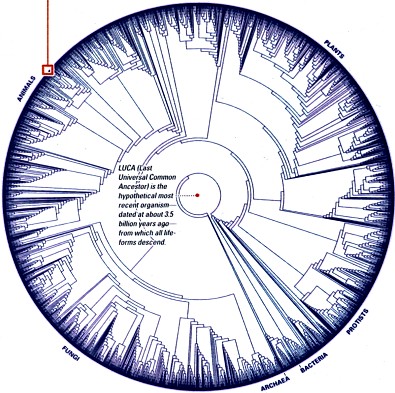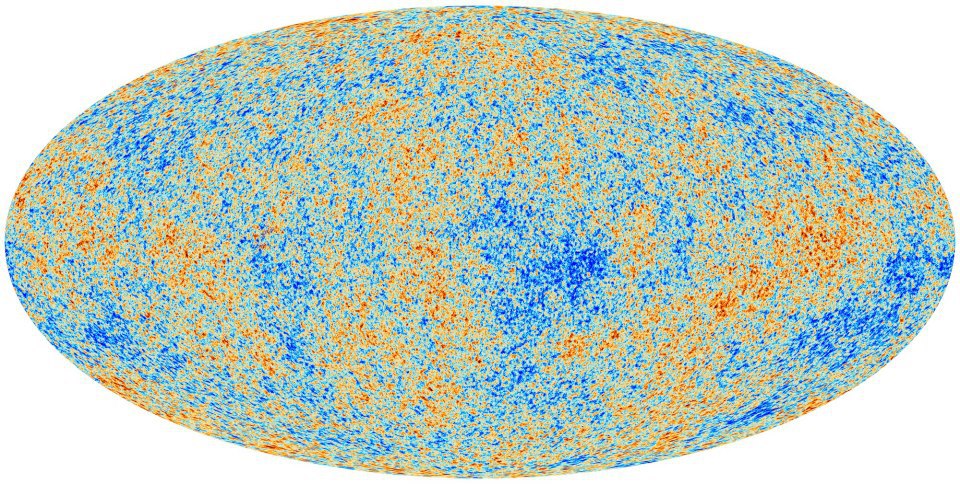What is life? Based upon observations on our planet, we define life as a characteristic that distinguishes objects that have signaling and self-sustaining processes from those that do not.(1) This is generalized as biological life, focusing on organisms: cyanobacteria, bacteria, protista, fungi, plants, and animals. All organisms have a life cycle – they acquire energy, produce byproducts, reproduce, and die. Life adapts to surroundings and evolves over time.
Evolution was first proposed by characterizing organisms’ morphologies (Darwinian evolution). However, we have the ability now to decode the DNA of the organism to classify with greater accuracy. We are now in the age of DNA evolution: organisms have been reclassified into different trees of life based upon DNA. Living fossils, or animals which have not changed over time, have been shown to be new creatures in one recent case.(2) DNA techniques have helped up determine the earliest age of modern humans, which were thought to be about 200,000 years old. By looking to the origins of a family tree using mitochondrial DNA, it was found that the ‘mitochondrial Adam and Eve’ were as old as 240,000 years. More recently, samples were obtained in which the oldest common ancestor was a surprising 340,000 year age.(3)
But is the search for a single common ancestor flawed? A recent report suggests that the last universal common ancestor (LUCA) may be just a fantasy.(4) Similar to the most rigid interpretation of Genesis, our scientific approach has been searching for Adam and Eve. We now have observed that organisms belong to a collective state, sharing genetic information from neighbor to neighbor, rather than solely from parent to offspring. When you look at how widespread the building blocks of life are, this new approach makes complete sense!
In the early Earth, the building blocks were everywhere in the primordial soup of nutrients. Everywhere there is water, nutrients can be found. We have theorized that comets have brought water, and possibly even life, to our planet.(5) We are even finding building blocks on Mars with the Curiosity and previous rovers.(6) We may find that life is ubiquitous in the universe. In fact, we now estimate the universe to have as many as 100 billion habitable planets!(7)
Is there more to life? This age-old question has new answers to explore. Look at the building blocks of life, and the molecules they are made from. Those molecules could only be created with heavy elements occurring from a wonderful process of life in the universe. Life may actually start much earlier than the formation of biological life, which is just a consequence of the universal process!
It starts with the birth of the universe: the Inflationary Big Bang.(8) After elementary particles form, stars are born, fuse helium, and die. Notice that this fits our description of life. Second generation stars must form in the wake of the first stars’ supernovae. This allows the stars to fuse heavier elements, which include carbon, nitrogen, and oxygen – the building blocks of life. Planets form with water and molecules form amino acids. Amino acids form more complex molecules, and RNA is synthesized. We think life started here, but biological life is just the newest form of life. We are the third-generation stars! Let your light shine!
Knowing this, who are we to say that the Big Bang and evolution aren’t related? Who are we to say that science and religion must disagree? The universe has evolved into us! There is only one truth: we are here and we have everything we need. Love the universe you’re in!
Peace, Love, and Knowledge
– the Omniverse
Sources:
(1)http://en.wikipedia.org/wiki/Life
(2)http://www.livescience.com/28344-shrimp-not-living-fossil.html?cmpid=514627
(3)http://www.examiner.com/article/new-dna-evidence-dates-origin-of-man-to-340-000-years-ago?cid=rss
(4)http://www.livescience.com/28302-astrobiology-why-life-exists.html?cmpid=514627
(5)http://www.sciencedaily.com/releases/2012/03/120327215607.htm
(6)http://www.indianexpress.com/news/curiosity-finds-building-blocks-of-life-on-mars-/1096675/
(7)http://www.telegraph.co.uk/science/space/9969746/There-could-be-100-billion-Earth-like-planets-say-astronomers.html
(8)http://updatednews.ca/2013/03/19/the-first-fractions-of-a-second-after-the-big-bang/




Reblogged this on Omniverse.